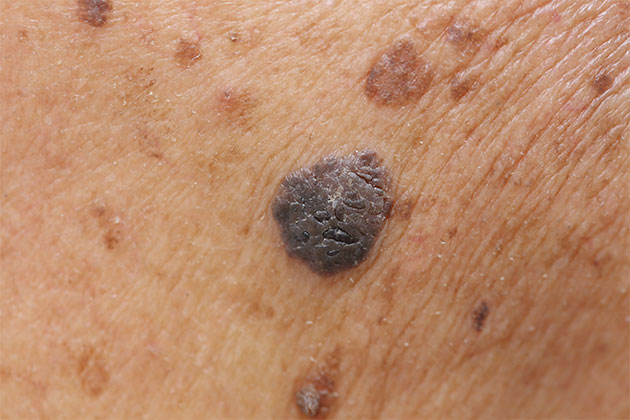अध्ययन से पता चला है कि आमतौर पर हमारी त्वचा पर पाए जाने वाले बैक्टीरिया कैंसर से सुरक्षा की एक संभावित "परत" के रूप में कार्य करते हैं
की घटना त्वचा कैंसर has been steadily increasing over the past decades. Skin कैंसर is of two kinds – melanoma and non-melanoma. The most common type is the melanoma skin cancer which causes 2 and 3 million cases globally every year. The non-melanoma is not the most common type and affects 130,000 globally but is also serious because it can spread. One in every three कैंसर दुनिया भर में त्वचा कैंसर का निदान किया जाता है। हमारी त्वचा शरीर का सबसे बड़ा अंग है और सबसे महत्वपूर्ण भी है क्योंकि यह पूरे शरीर को ढकती है और हमें सूरज, असामान्य तापमान, कीटाणुओं, धूल आदि जैसे हानिकारक बाहरी कारकों से बचाती है। त्वचा हमारे शरीर के तापमान को नियंत्रित करने और पसीने को बाहर निकालने के लिए जिम्मेदार है। हमारा शरीर। यह आवश्यक बनाता है विटामिन डी and marvellously, the skin provides us with a sense of touch. The main cause of skin कैंसर is overexposure to harmful rays of the sun. As the ozone layer in our atmosphere is gradually depleting the protective layer is going away leading to more UV (ultra-violet) radiation of the sun to reach the earth’s surface. Melanoma कैंसर, which starts in pigment-producing skin cells, is caused by abnormal changes in the skin when कैंसर का cells start growing and the main factor is somehow connected with an individual’s exposure to the sun and their history of sunburn. Non-melanoma skin कैंसर starts in the cells of the त्वचा and grows out to destroy nearby tissue. This type of कैंसर generally does not spread to other parts of the body (metastasize) but melanoma cancer does.
में प्रकाशित एक अध्ययन विज्ञान अग्रिम की एक नई संभावित भूमिका का वर्णन करता है जीवाणु on our skin in protecting us against कैंसर. Researchers at UC San Diego School of Medicine, USA have identified a strain of the जीवाणु Staphylococcus epidermidis which is very commonly found on स्वस्थ human skin. This unique strain of skin जीवाणु is seen to inhibit growth (kill) of several types of कैंसर by producing a chemical compound – 6-N-hydroxyaminopurine (6-HAP) in mice. It was clear that only the mice which had this बैक्टीरियल strain on their skin and thus made 6-HAP did not have त्वचा tumours after they were exposed to कैंसर causing UV rays. The chemical molecule 6-HAP basically impairs the synthesis (creation) of DNA thereby preventing the spread of tumour cells and also suppressing the development of new skin tumours. The mice were injected with 6-HAP every 48 hours over a period of two weeks. The strain is non-toxic and does not affect normal healthy cells while reducing the already present tumours by almost 50 percent. The authors state that the बैक्टीरियल strain is adding “another layer” of protection to our skin against कैंसर.
This study clearly shows that our “skin microbiome” is an important aspect of the protection which skin offers. Some skin जीवाणु are already known for producing antimicrobial peptides which protect our skin from invasions by pathogenic जीवाणु. Further studies are required to understand the workings of 6-HAP and whether ideally it could be used as a preventative measure against कैंसर.
***
{आप उद्धृत स्रोतों की सूची में नीचे दिए गए डीओआई लिंक पर क्लिक करके मूल शोध पत्र पढ़ सकते हैं}
स्रोत (रों)
नकात्सुजी टी एट अल। 2018 स्टैफिलोकोकस एपिडर्मिडिस का एक कॉमन्सल स्ट्रेन त्वचा के रसौली से बचाता है। विज्ञान अग्रिम। 4 (2)। https://doi.org/10.1126/sciadv.aao4502






































